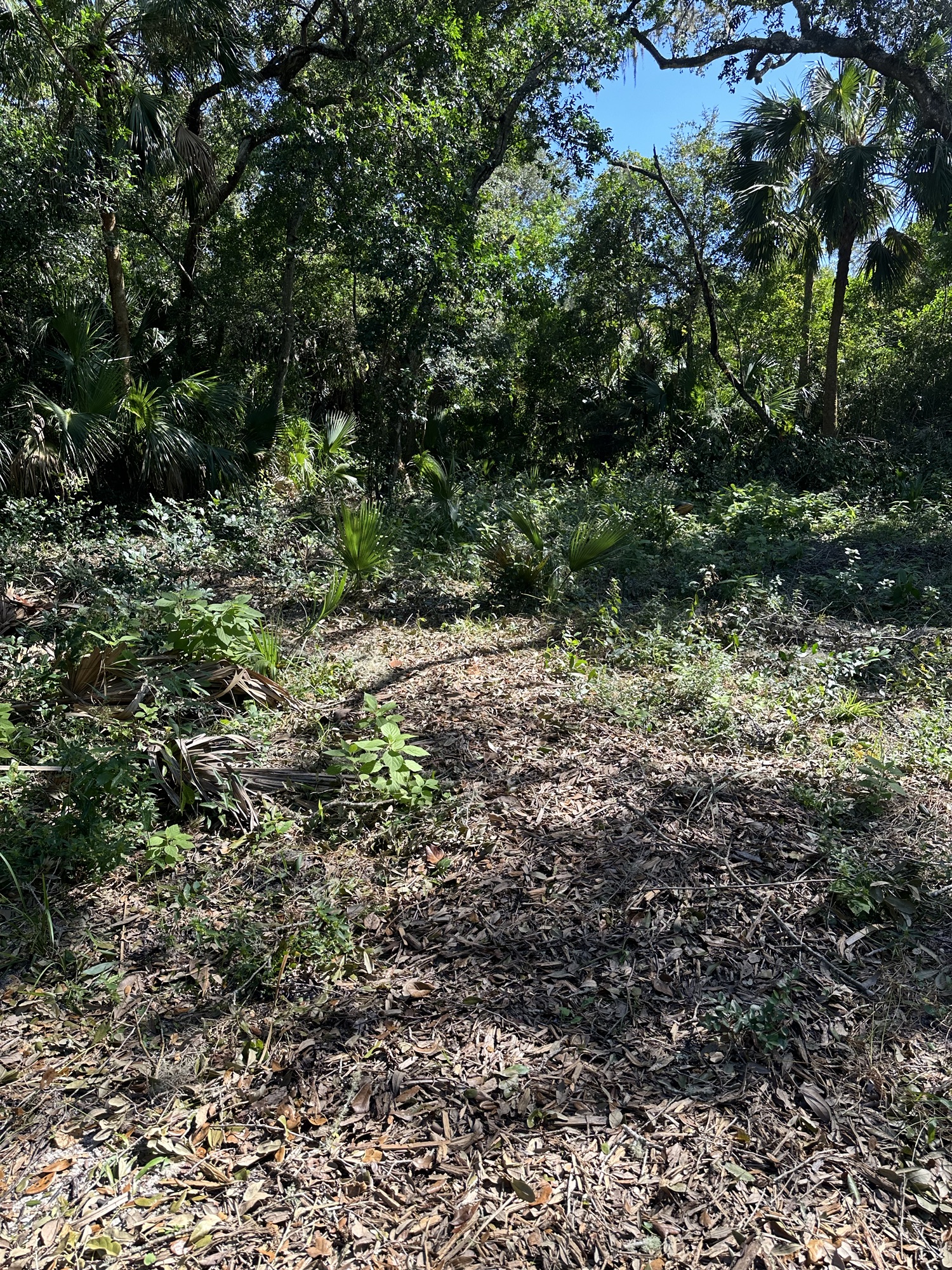Surviving Hurricane Milton and Putting Storm Debris to Good Use
We recently weathered Hurricane Milton in the rural forest area of Washington Oaks State Park, Florida. While we were fortunate to make it through safely, we endured about four days without electricity. Thanks to the incredible help of relief trucks from Oregon and California, our power was restored, bringing much-needed relief to our area.
These ideas for reusing storm debris were developed by Karen van Eeden, and with the help of Jacobus and Chanel van Eeden, they were brought to life. Together, we found ways to turn natural debris into functional projects that not only benefit us but also support the wildlife in our area.
As we reflect on the storm, one of the positive outcomes has been finding ways to reuse and recycle the natural debris left in the wake of the hurricane. Living amidst nature, we’ve always believed in embracing what our environment provides. Storms are a part of that cycle, and while they bring destruction, they also offer a chance to create something beneficial.
Here are a couple of practical ideas that we’ve put into action using fallen branches and natural debris from the storm. We hope these steps will inspire others to make the most of their surroundings after a storm.
Creating a Wildlife Perch from Fallen Branches

One of the largest branches that came down during the storm was turned into a wildlife perch. Birds and small creatures can benefit from a high perch where they can safely observe their surroundings or rest.
Materials
- A large fallen branch (3-4 inches in diameter)
- A saw or pruning shears
- Strong rope or natural twine (if mounting on an existing structure)
Steps
- Select the branch: Choose a branch that is sturdy and at least 3-4 feet in length. It should be thick enough to hold small animals, like birds and squirrels, but manageable enough to mount.
- Trim the branch: Use a saw to cleanly trim the ends of the branch, making it stable when mounted.
- Find a suitable location: Identify a high spot where the perch can be safely mounted, like a tree trunk or wooden post.
- Secure the perch: If mounting the branch to an existing structure, use a strong rope or twine to tie it securely in place. Ensure the perch is stable and won’t shift in the wind.
You can see this project in action in our video here, where we demonstrate how to create the wildlife perch step-by-step.
Building a Forest Path with Compost to Avoid Ticks

Tick prevention is a priority, especially in areas rich in vegetation like ours. Using compost to create natural walking paths is an eco-friendly way to keep ticks at bay while making good use of storm debris and natural waste.
Materials
- Fallen leaves, twigs, and small branches
- Mulch or compost (can be homemade or bought)
- Garden rake
- Shovel
Steps
- Clear the path: Start by raking a clear path through your yard or forest area where you want to walk. Remove any large branches or logs that may obstruct the way.
- Layer with fallen debris: Use fallen leaves, small branches, and twigs to form the first layer of your path. This provides structure and helps with drainage.
- Add compost or mulch: On top of the natural debris, spread a generous layer of mulch or compost. This creates a soft, yet firm walking surface and naturally discourages ticks from inhabiting the area.
- Maintain the path: Over time, you may need to replenish the compost layer, especially after heavy rain or foot traffic.
The added benefit is that the compost helps nourish the soil, encouraging healthy plant growth along the path’s edges. This simple project keeps ticks away while supporting the local ecosystem.
Conclusion
Hurricane Milton tested our resilience, but it also gave us the opportunity to reconnect with nature in meaningful ways. By reusing storm debris, we’ve created practical solutions for both ourselves and local wildlife. Whether it’s constructing a perch for birds or building a safe walking path, these projects show how natural materials can be repurposed effectively.
Feel free to check out our video for a closer look at how we’ve implemented these ideas in our own backyard: Watch the video.


Leave a Reply